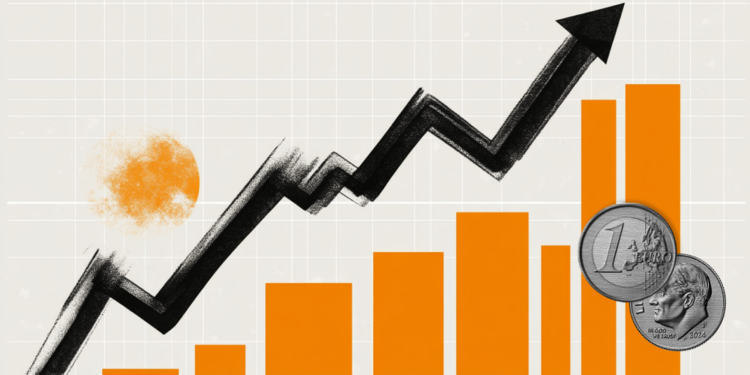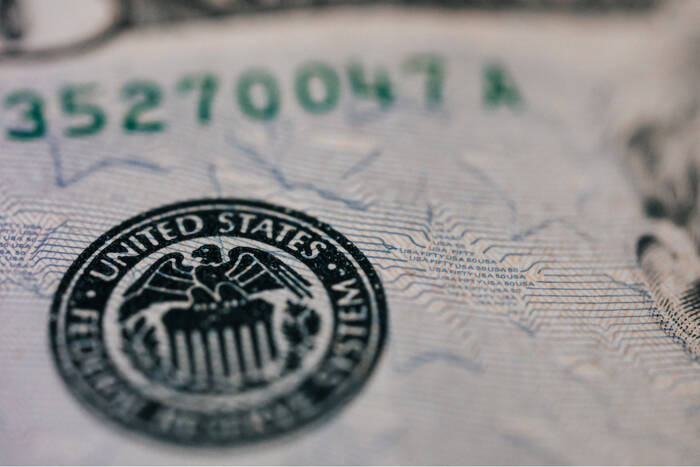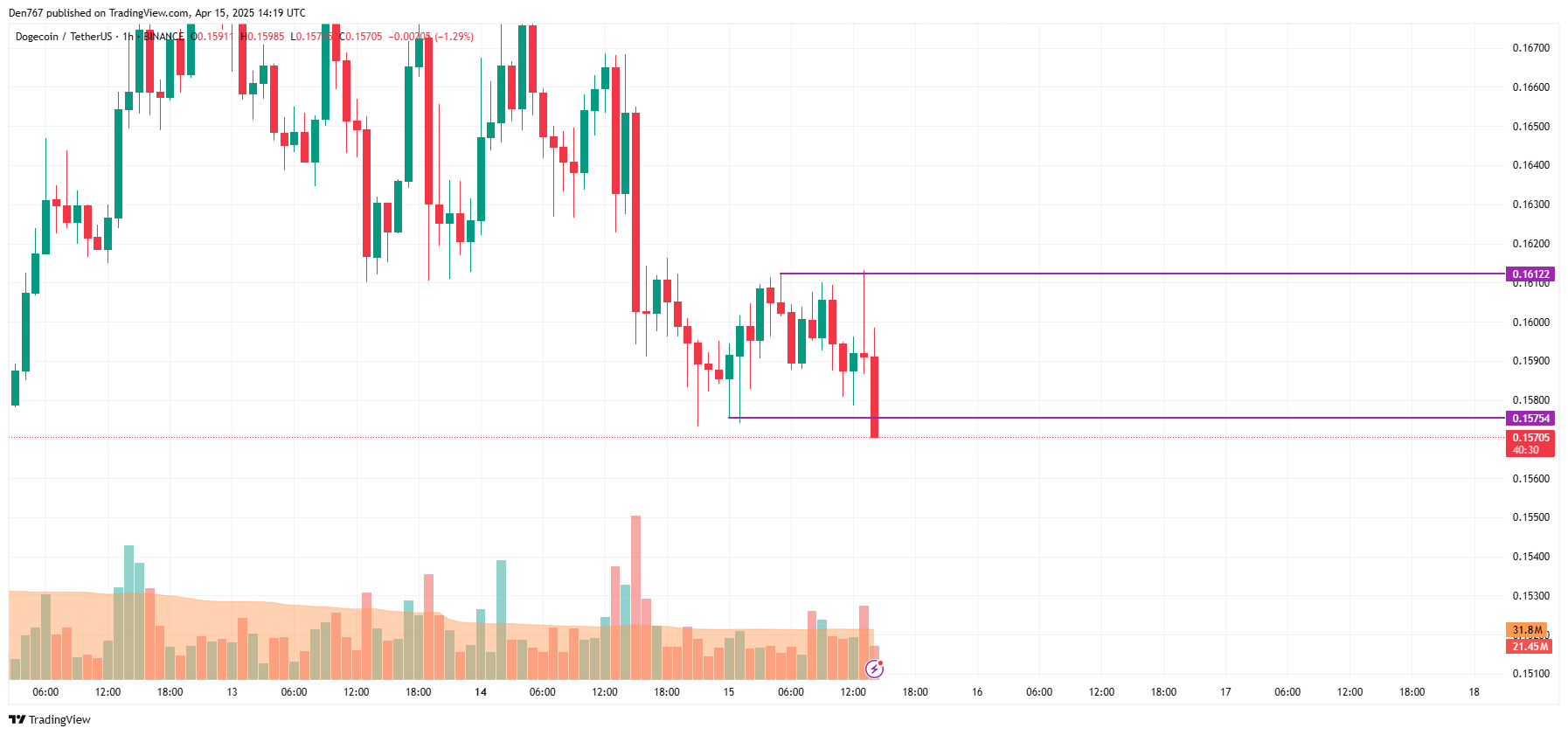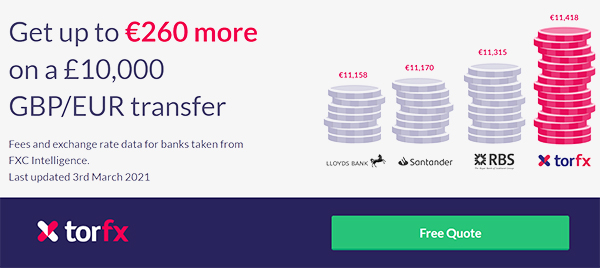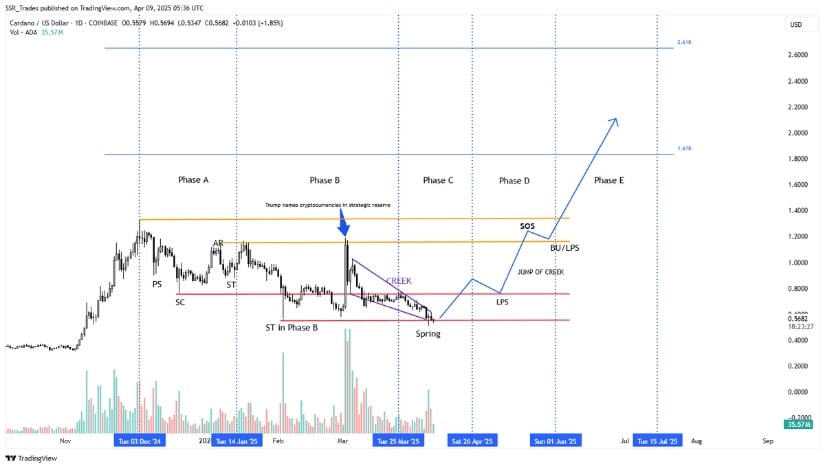Category: Forex News, News
Euro holds ground despite overbought conditions
- EUR/USD stays in positive territory near 1.1400 on Monday.
- The near-term technical outlook points to overbought conditions for the pair.
- The US Dollar struggles to rebound despite easing trade tensions.
EUR/USD gained more than 3.5% in the previous week and touched its highest level in over three years above 1.1470 on Friday. Following a technical correction heading into the weekend, the pair started the week slightly lower but didn’t have a difficult time regaining its traction. At the time of press, EUR/USD was trading in positive territory at around 1.1400.
Euro PRICE Last 7 days
The table below shows the percentage change of Euro (EUR) against listed major currencies last 7 days. Euro was the strongest against the US Dollar.
| USD | EUR | GBP | JPY | CAD | AUD | NZD | CHF | |
|---|---|---|---|---|---|---|---|---|
| USD | -3.87% | -2.28% | -1.76% | -3.00% | -4.73% | -5.24% | -4.55% | |
| EUR | 3.87% | 1.94% | 2.82% | 1.54% | -0.96% | -0.80% | -0.09% | |
| GBP | 2.28% | -1.94% | -0.41% | -0.39% | -2.85% | -2.70% | -2.00% | |
| JPY | 1.76% | -2.82% | 0.41% | -1.22% | -2.08% | -2.33% | -2.50% | |
| CAD | 3.00% | -1.54% | 0.39% | 1.22% | -2.13% | -2.31% | -1.87% | |
| AUD | 4.73% | 0.96% | 2.85% | 2.08% | 2.13% | 0.16% | 0.87% | |
| NZD | 5.24% | 0.80% | 2.70% | 2.33% | 2.31% | -0.16% | 0.72% | |
| CHF | 4.55% | 0.09% | 2.00% | 2.50% | 1.87% | -0.87% | -0.72% |
The heat map shows percentage changes of major currencies against each other. The base currency is picked from the left column, while the quote currency is picked from the top row. For example, if you pick the Euro from the left column and move along the horizontal line to the US Dollar, the percentage change displayed in the box will represent EUR (base)/USD (quote).
Although easing tensions surrounding the US-China trade conflict seems to be helping the market mood improve at the beginning of the week, the US Dollar (USD) finds it difficult to attract buyers.
US President Donald Trump’s administration granted some technology imports, including smartphones, computers, laptops and disc drives, exemptions from the steep 125% additional tariffs imposed on China. These products will reportedly still be subject to the 20% existing tariffs, which were imposed initially because of the fentanyl crisis in the US.
Over the weekend, US Commerce Secretary Howard Lutnick said that technology imports, alongside semiconductors, will face separate new levies within the next two months.
Reflecting the positive shift in risk sentiment, US stock index futures rise between 0.9% and 1.8% in the European morning.
The economic calendar will not feature any high-tier data releases on Monday. Later in the American session, several Federal Reserve (Fed) policymakers will be delivering speeches. The CME FedWatch Tool shows that markets are currently pricing in about a 20% probability of a 25 basis points Fed rate cut at the May policy meeting. In case Fed officials reiterate the need to remain patient regarding policy-easing, the USD could stay resilient against its peers and limit EUR/USD’s upside.
EUR/USD Technical Analysis
The Relative Strength Index (RSI) indicator on the 4-hour chart holds above 70, suggesting that EUR/USD remains technically overbought.
In case EUR/USD stabilizes above 1.1400 (psychological level, static level), 1.1470 (static level) could be seen as next resistance before 1.1500 (round level). Looking south, first support could be spotted at 1.1340 (static level) ahead of 1.1300 (static level, round level) and 1.1250 (static level).
Euro FAQs
The Euro is the currency for the 19 European Union countries that belong to the Eurozone. It is the second most heavily traded currency in the world behind the US Dollar. In 2022, it accounted for 31% of all foreign exchange transactions, with an average daily turnover of over $2.2 trillion a day.
EUR/USD is the most heavily traded currency pair in the world, accounting for an estimated 30% off all transactions, followed by EUR/JPY (4%), EUR/GBP (3%) and EUR/AUD (2%).
The European Central Bank (ECB) in Frankfurt, Germany, is the reserve bank for the Eurozone. The ECB sets interest rates and manages monetary policy.
The ECB’s primary mandate is to maintain price stability, which means either controlling inflation or stimulating growth. Its primary tool is the raising or lowering of interest rates. Relatively high interest rates – or the expectation of higher rates – will usually benefit the Euro and vice versa.
The ECB Governing Council makes monetary policy decisions at meetings held eight times a year. Decisions are made by heads of the Eurozone national banks and six permanent members, including the President of the ECB, Christine Lagarde.
Eurozone inflation data, measured by the Harmonized Index of Consumer Prices (HICP), is an important econometric for the Euro. If inflation rises more than expected, especially if above the ECB’s 2% target, it obliges the ECB to raise interest rates to bring it back under control.
Relatively high interest rates compared to its counterparts will usually benefit the Euro, as it makes the region more attractive as a place for global investors to park their money.
Data releases gauge the health of the economy and can impact on the Euro. Indicators such as GDP, Manufacturing and Services PMIs, employment, and consumer sentiment surveys can all influence the direction of the single currency.
A strong economy is good for the Euro. Not only does it attract more foreign investment but it may encourage the ECB to put up interest rates, which will directly strengthen the Euro. Otherwise, if economic data is weak, the Euro is likely to fall.
Economic data for the four largest economies in the euro area (Germany, France, Italy and Spain) are especially significant, as they account for 75% of the Eurozone’s economy.
Another significant data release for the Euro is the Trade Balance. This indicator measures the difference between what a country earns from its exports and what it spends on imports over a given period.
If a country produces highly sought after exports then its currency will gain in value purely from the extra demand created from foreign buyers seeking to purchase these goods. Therefore, a positive net Trade Balance strengthens a currency and vice versa for a negative balance.
Written by : Editorial team of BIPNs
Main team of content of bipns.com. Any type of content should be approved by us.
Share this article:
